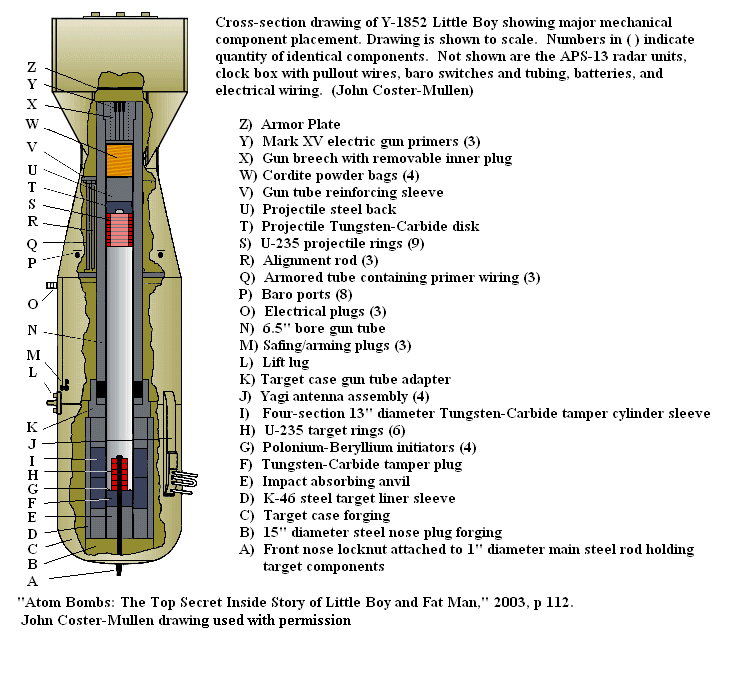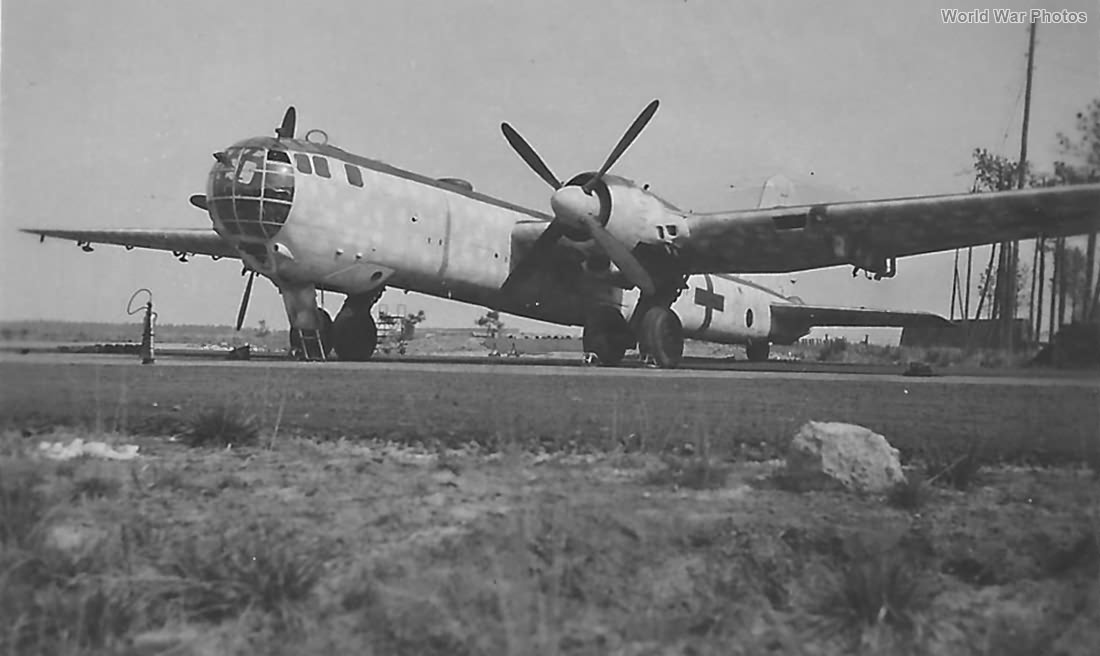LWD wrote:Kiwikid wrote:LWD wrote:Kiwikid wrote: ... Caesium 135 only comes from nuclear reactors. It is never formed by nuclear explosions. ...
Source please.
http://en.wikipedia.org/wiki/Xenon-135
Caesium -135 derrives almost exclusively from decay of Xenon 135 which itself only comes from decay in nuclear reactors. 95% of 135Xe itself originates from the radioactive decay of Iodine 135 (with 6-7 hour half life). Xenon 135 has a 9 hour half life. Xe-135 first transmutes to 136Xe before decaying back to 135Cs. This decay chain is too complex and time consuming to occur in a nuclear explosion.
To obtain Caesium 135 you must first irridate Iodine 135 for about 40-50 hours. No nuclear explosion lasts for 40-50 hours. A nuclear blast is over in micro-seconds.
Caesium 135 for all practical purposes is unobtainable from direct transmutation of heavy elements in a nuclear explosion because it's cross section is too small.
If there is no Caesium 135 at Ohrdruf then ipso facto it is not fall out from Chernobyl.
...
I suggest you read a bit more closely.
From your source.
135Xe is an unstable isotope of xenon with a half-life about 9.2 hours. 135Xe is a fission product of uranium
and
Thus, in an operating nuclear reactor, 135Xe is being continuously produced. 135Xe has a very large neutron absorption cross-section, so in the high neutron flux environment of a nuclear reactor core, the 135Xe soon absorbs a neutron and becomes stable 136Xe. Thus, in about 50 hours, the 135Xe concentration reaches equilibrium where its creation by 135I decay is balanced with its destruction by neutron absorption.
The implication is that it is found in
lower concentrations in reactors than in bomb products. Indeed if you look at
http://www.evs.anl.gov/pub/doc/Cesium.pdf
it states that Ce-135 is produced from the fission of Uranium no reactor required.
Your last comment is an over simplification Larry. Only 5% of Xenon-135 comes from direct fission and 95% from decay in a reactor. Caesium-135 is one of two decay products possible from Xenon-135.
These Xenon isotopes form one of two ways:
(1) Splitting of a larger atom into two parts (direct fission)
(2) Decay from another product (being more numerous in a reactor)
I suggest you read a bit more closely.
From your source:
135Xe is an unstable isotope of xenon with a half-life about 9.2 hours. 135Xe is a fission product of uranium
I was perfectly aware of that Larry before I posted. Thanks for catching up. I referred to Xenon-135 because it has two decay products relevant to this debate, Xenon 136 and Caesium 135.
...So we are finally agreed that Xenon 135 is a fission product of Uranium?
That means it does not occur naturally. Thus it why it is the key indicator which PTB should have looked for at Ohrdruf to distinguish whether radiation at the site was caused by Chernobyl or not.
PTB did not mention Xenon decay products in it’s report.
What you don’t appreciate Larry is in any nuclear explosion, for example Uranium235, not all fissile material is combusted by fission.
Take the Hiroshima blast where “Little Boy” contained 60kg, but only 700grams is estimated to have undergone fission before the Uranium at it’s core was physically scattered.
That is precisely why only 5% of Xenon 135 comes from direct Fission (ie inelastic scatter):
95% of Xenon -135 comes from decay of Iodine-135 and that comes from build up in a nuclear reactor.
http://www.tpub.com/content/doe/h1019v2 ... 9v2_60.htm
The Chernobyl reactor explosion, was caused initially by a sudden shut down of power and the continued production of Xenon-135. An inexperienced control room crew removed control rods because they could not understand what was happening, so at the time of the Chernobyl blast Xenon-135 levels had quadrupled their normal presence in that reactor.
Had the radioactivity at Ohrdruf been associated with Chernobyl, Xenon-135 would have been everywhere and yes, as you note, it decays to stable long lasting Xenon -136 which ought to still be there if it was Chernobyl fall out, but it isn’t present at Ohrdruf.
The implication is that it is found in lower concentrations in reactors than in bomb products.
Your inference is wrong for all of the reasons stated above. Only 5% of all Xenon-135 is produced in direct fission (ie bombs etc) and 95% from decay of Iodine-135 taking many hours in a reactor (40-50) before decaying to Xenon-135.
A bomb however being instantaneous does not provide the conditions for breeding Iodine-135 over several hours and subsequent decay to Xenon-135.




